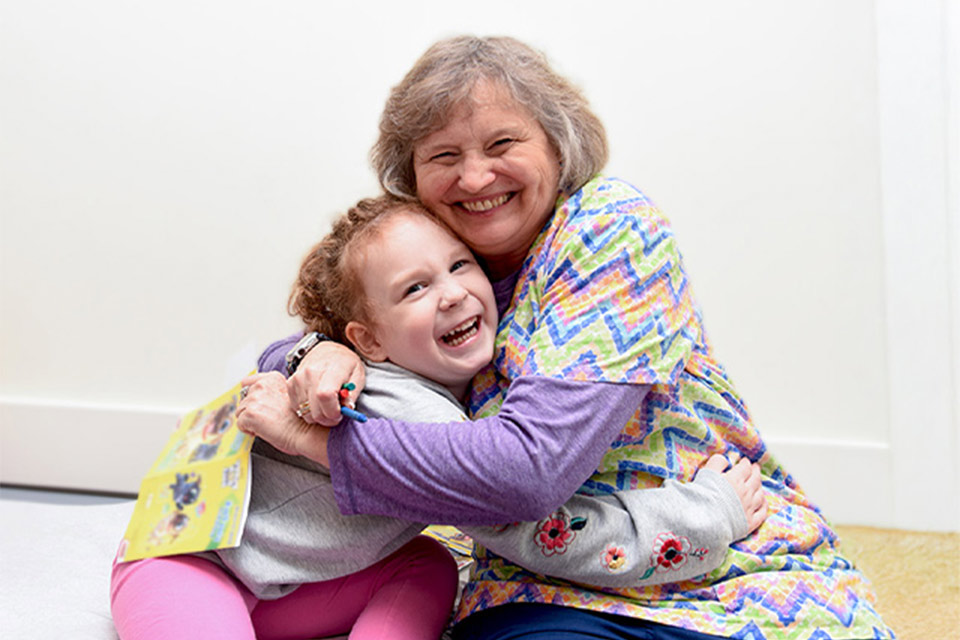Slipped Capital Femoral Epiphysis
Slipped capital femoral epiphysis (SCFE) is a condition that affects the ball-shaped femoral head of the thigh bone.
It occurs when the epiphysis (growth plate) of the femoral head slips off the top of the thigh bone. This triggers pain that can come on gradually or all at once. The cause of SCFE isn't clear, but it tends to occur during accelerated growth periods like puberty. Many children who experience it in one hip will also experience it in the other at some point.
Types of SCFE
- Stable SCFE: In stable SCFE, the patient can walk or bear weight on the affected hip, either with or without crutches. Most cases of SCFE are stable slips.
- Unstable SCFE: This is a more severe slip. The patient cannot walk or bear weight, even with crutches. Unstable SCFE requires urgent treatment. Complications associated with SCFE are much more common in patients with unstable slips.
SCFE usually occurs on only one side; however, in up to 40% of patients (particularly those younger than age 10) SCFE will occur on the opposite side as well.
Treatment for SCFE
A brief surgery is often performed to prevent further slipping by placing a screw in the femoral head. Treating a child's SCFE as soon as symptoms develop greatly increases the likelihood of a successful outcome. However, since some children with SCFE in one hip will eventually develop the condition in the other hip, patients should continue to be followed by their orthopedist until they are fully grown.
It was really comforting that there was transparency in everything. Everything was explained before it happened, not during, and you always knew what to expect.





